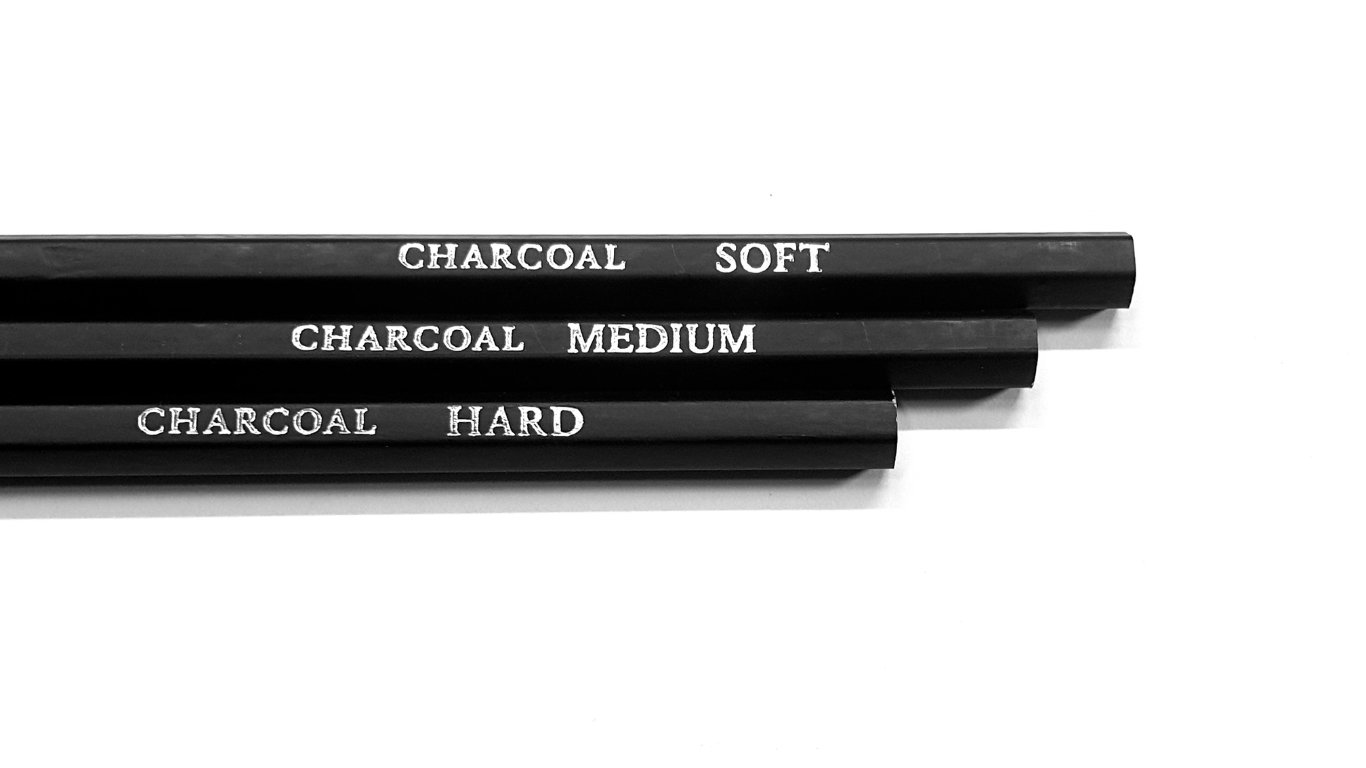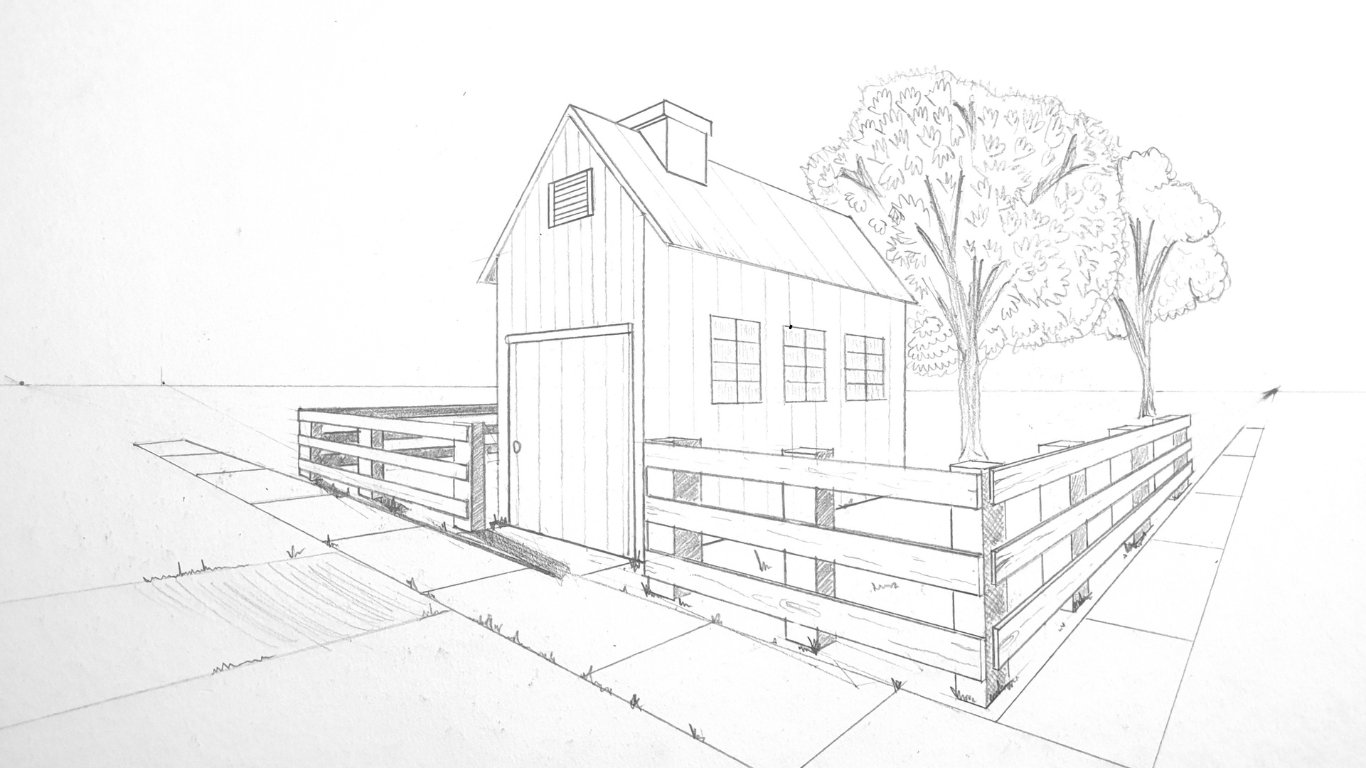Mastering One-Point Perspective: A Beginners Guide
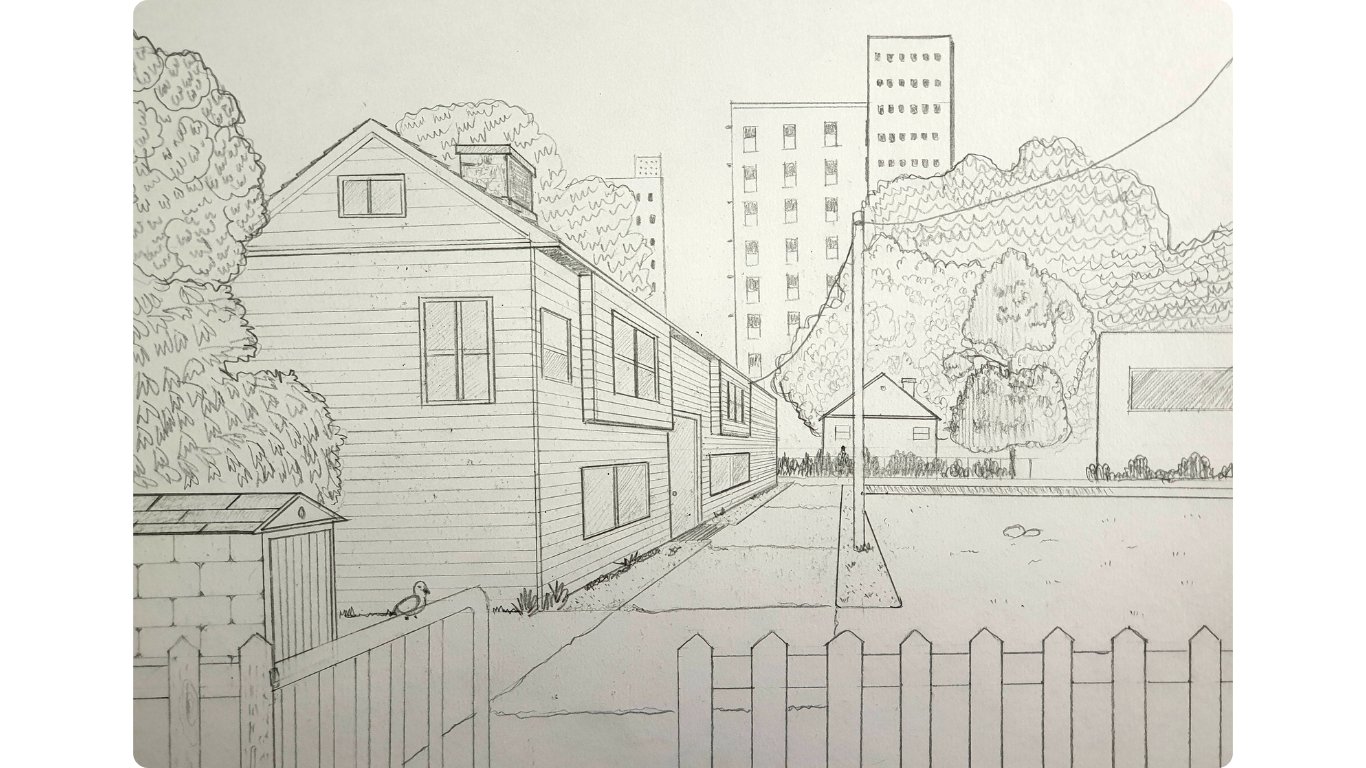
From AI integration to cross-platform fluency—discover the must-have technical and soft skills for today’s most in-demand dev roles.

by Abhishek
One-point perspective is a fundamental technique in art that helps create depth, making flat drawings look three-dimensional. By learning this method, you can add realism to your art, especially when drawing objects like roads, hallways, or buildings. Let’s dive into the basics of one-point perspective and how you can use it to improve your drawings.
What is One-Point Perspective?
One-point perspective is a drawing technique where all lines converge at a single point on the horizon line, called the vanishing point. This method is perfect for subjects directly facing the viewer. Here are the essential elements:
- Horizon Line: The viewer’s eye level, where the sky meets the ground.
- Vanishing Point: The point on the horizon line where all lines converge.
- Orthogonal Lines: Diagonal lines that lead to the vanishing point, creating depth.
- Transversal Lines: Lines that run perpendicular to the orthogonal lines, indicating width and height.
Steps to Create a One-Point Perspective Drawing
Here’s how to draw using one-point perspective:
Enhance your drawing with details, textures, and shadows for a more realistic look. Adding these elements brings your drawing to life.
Draw the Horizon Line
Start with a horizontal line across your paper to represent the horizon. This line should be positioned at eye level, which helps in setting up the perspective.
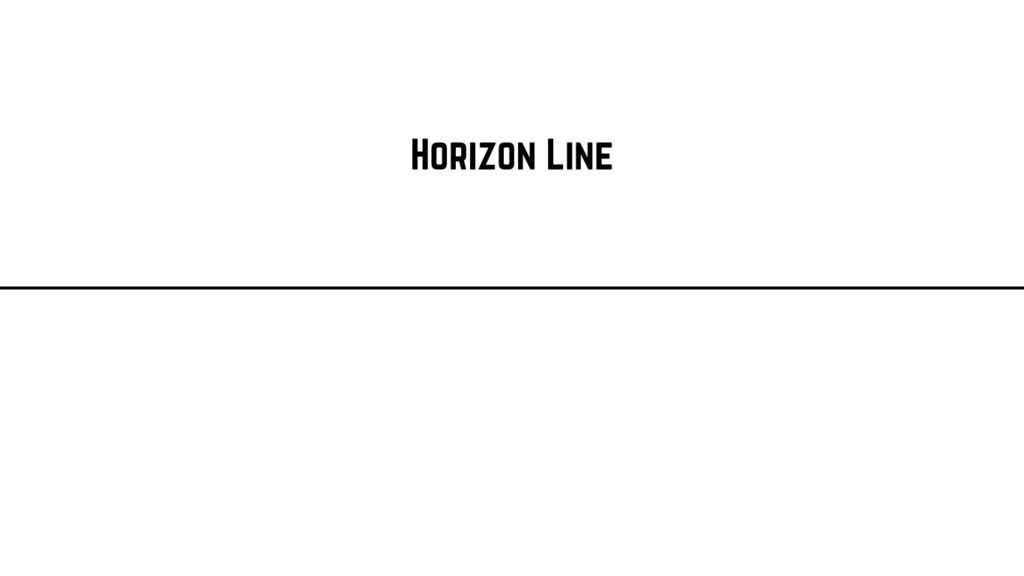
Place the Vanishing Point
Choose a point on the horizon line. This will be your vanishing point, the focal point where all parallel lines appear to converge.
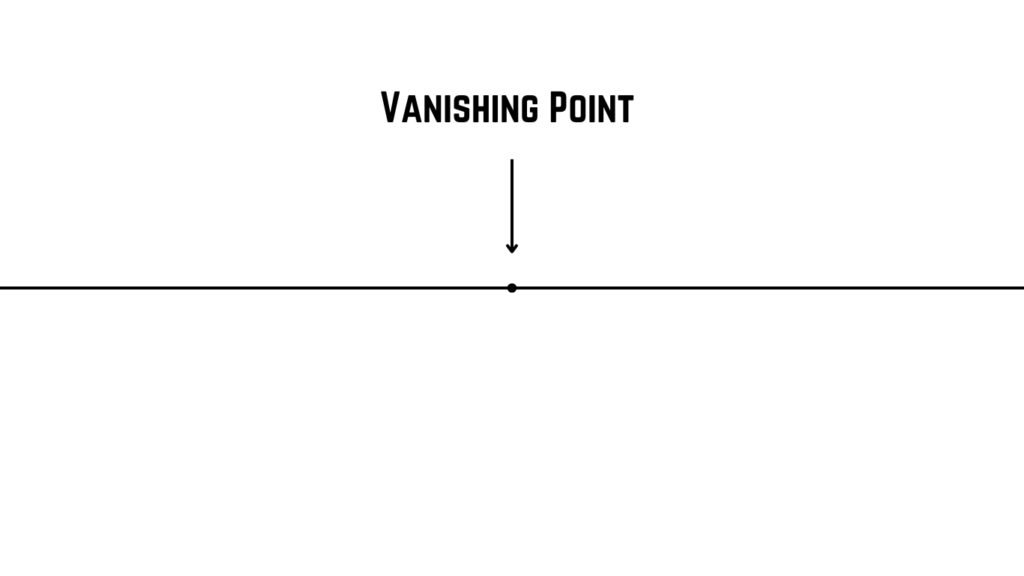
Sketch the Front Face
Draw a shape, such as a rectangle or square, to represent the front of the object facing you. This is your starting plane.
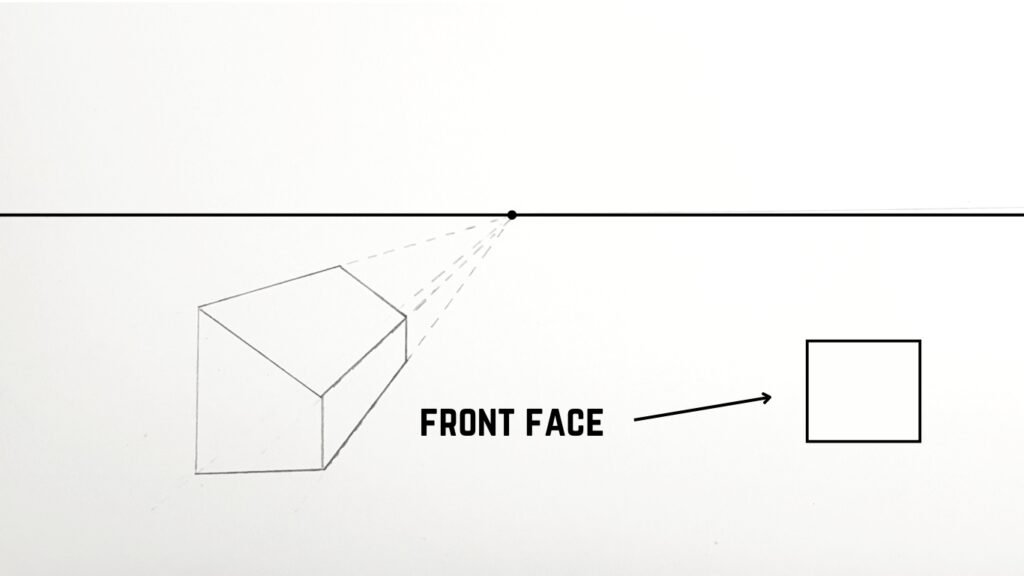
Every Horizontal lines will be 180 degree and Vertical lines 90 degree.
Add Orthogonal Lines
From each corner of the front face, draw lines towards the vanishing point. These lines show the object’s depth and give the illusion of space receding into the distance.
Draw lines lightly so that you can erase the unwanted lines later.
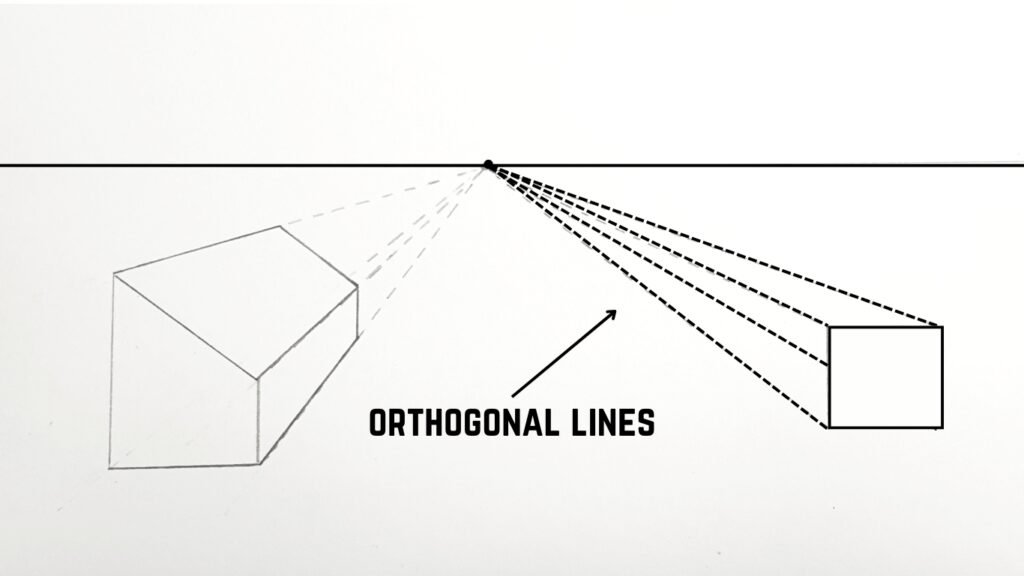
Draw Transversal Lines
Add lines perpendicular to the orthogonal lines to define the back edges of the object. These lines help in maintaining the correct proportions and shape.
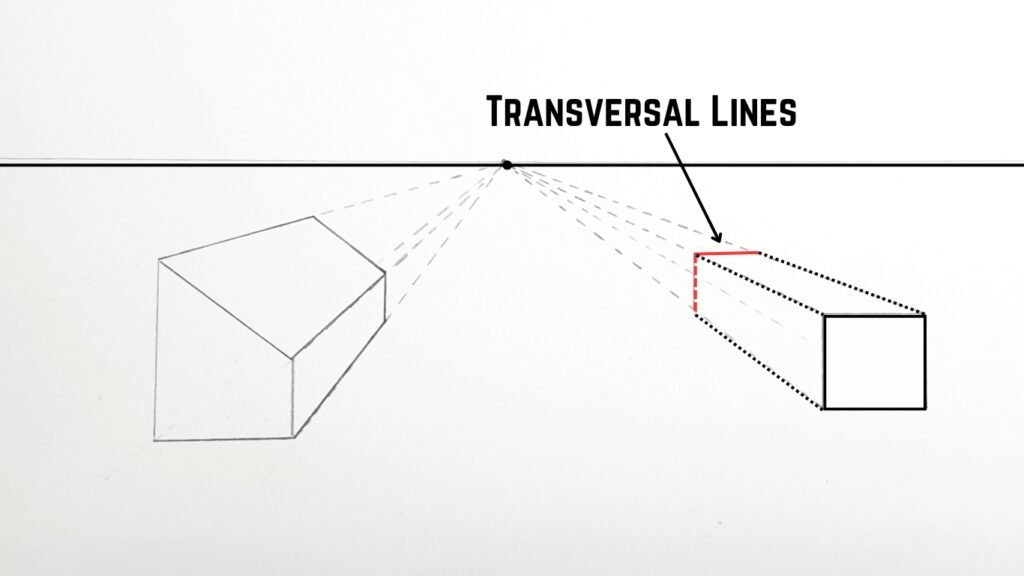
Every Horizontal lines will be 180 degree and Vertical lines 90 degree.
Refine and Detail
Enhance your drawing with details, textures, and shadows for a more realistic look. Adding these elements brings your drawing to life.
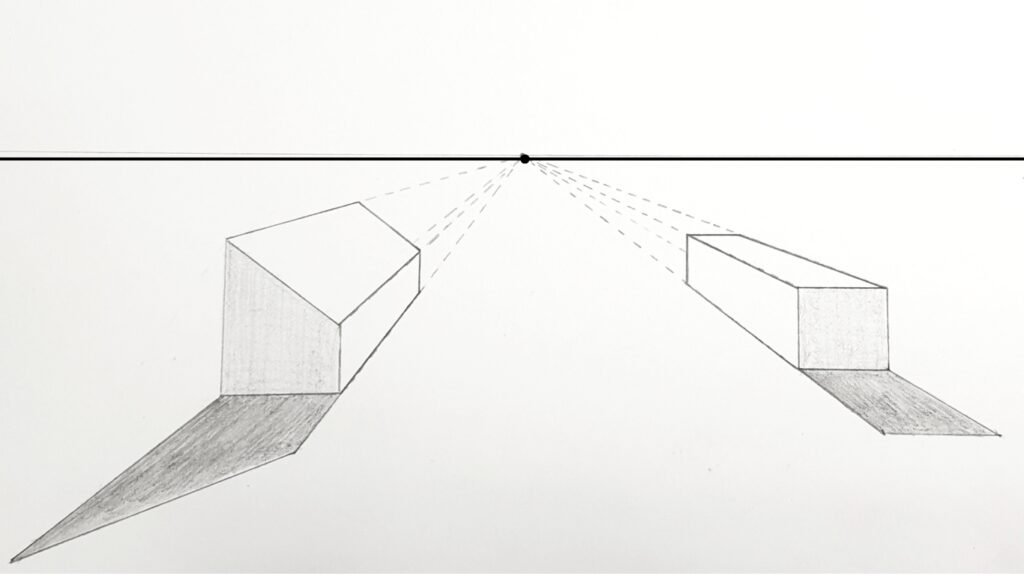
Application of One-Point Perspective
One-point perspective is used in various fields to create realistic visualizations:
- Architecture: For designing buildings and structures. Architects use one-point perspective to present how a building will appear from a specific viewpoint.
- Interior Design: To plan room layouts and furniture placement. This technique helps visualize the space and how different elements fit within it.
- Video Games: To create immersive environments and backgrounds. Game designers use one-point perspective to add depth and realism to virtual spaces.
Tips to Master One-Point Perspective
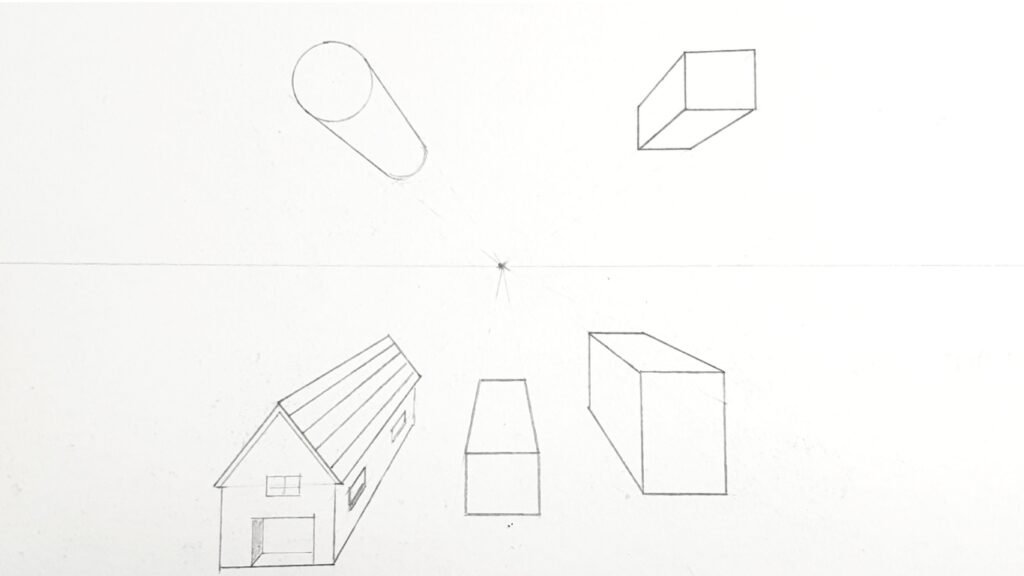
- Start with Simple Shapes
- Begin with basic shapes like cubes to understand the fundamentals. Once you master these, you can move on to more complex forms.
- Use a Ruler
- Ensure your lines are straight and accurate. This tool helps maintain precision, especially for beginners.
- Experiment with Vanishing Points
- Place the vanishing point in different spots to see how it affects the perspective. This can change the sense of depth and space in your drawings.
- Incorporate Shadows and Textures
- Add these elements to give your drawings a more lifelike appearance. Shadows can enhance the illusion of depth, while textures add detail.
- Observe Real-Life Scenes
- Look at real environments and try to identify the horizon line and vanishing points. This practice will help you understand how perspective works in the real world.
Common Mistakes to Avoid in One-Point Perspective
- Incorrect Vanishing Point Placement
- The vanishing point should always be on the horizon line. Placing it incorrectly can distort the perspective.
- Ignoring the Horizon Line
- The horizon line is essential for consistent perspective. It represents the viewer’s eye level and helps align objects correctly.
- Inconsistent Orthogonal Lines
- All lines should converge at the vanishing point. Inconsistent lines can break the illusion of depth.
- Poor Proportions
- Maintain realistic proportions using grid lines if necessary. This ensures that all elements of your drawing are in scale.
- Adding Too Much Detail Too Soon
- Focus on the basic structure before refining the details. Starting with the overall layout helps avoid mistakes in the foundational stages.
Why One-Point Perspective Matters?
One-point perspective helps artists create depth and realism in their work. Whether you’re drawing a simple room or a complex cityscape, this technique makes your drawings more dynamic and engaging. It provides a structured approach to depicting space and distance, which is crucial for creating believable scenes.
Practice Exercises for One-Point Perspective
Draw a Room
Sketch a simple room using one-point perspective. Start with the back wall as the front face, then add furniture using orthogonal and transversal lines. This exercise helps in understanding how to fill space within a perspective framework.
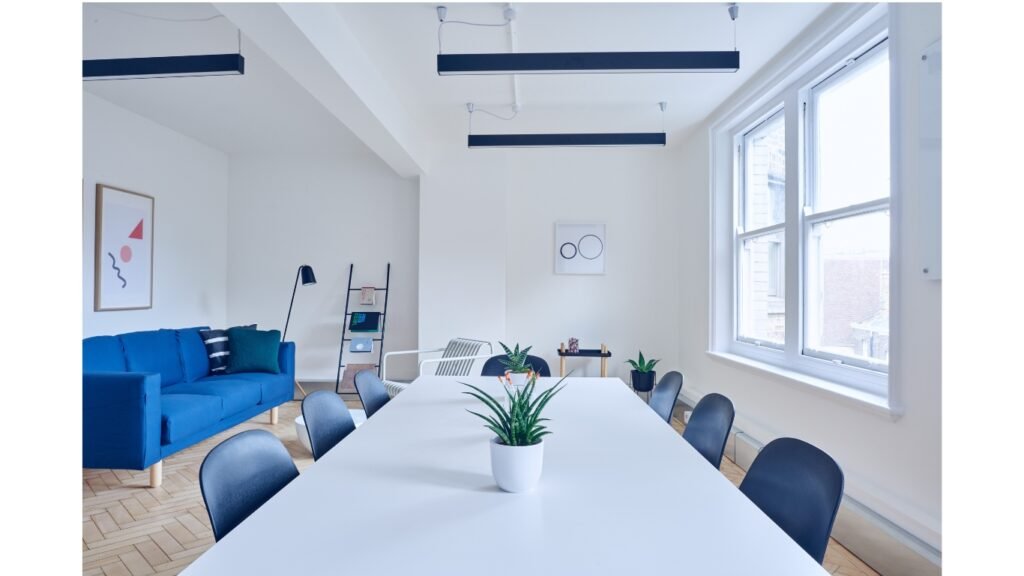
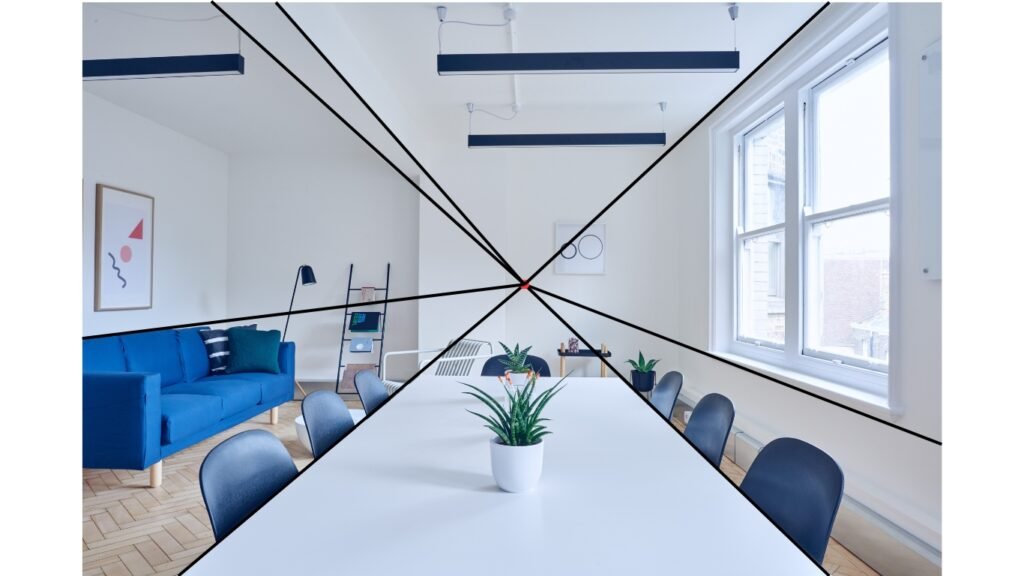
Create a Street Scene
Draw a street with buildings on both sides. Use the vanishing point to align the buildings and add depth. This practice is excellent for learning how to handle multiple objects within the same perspective.

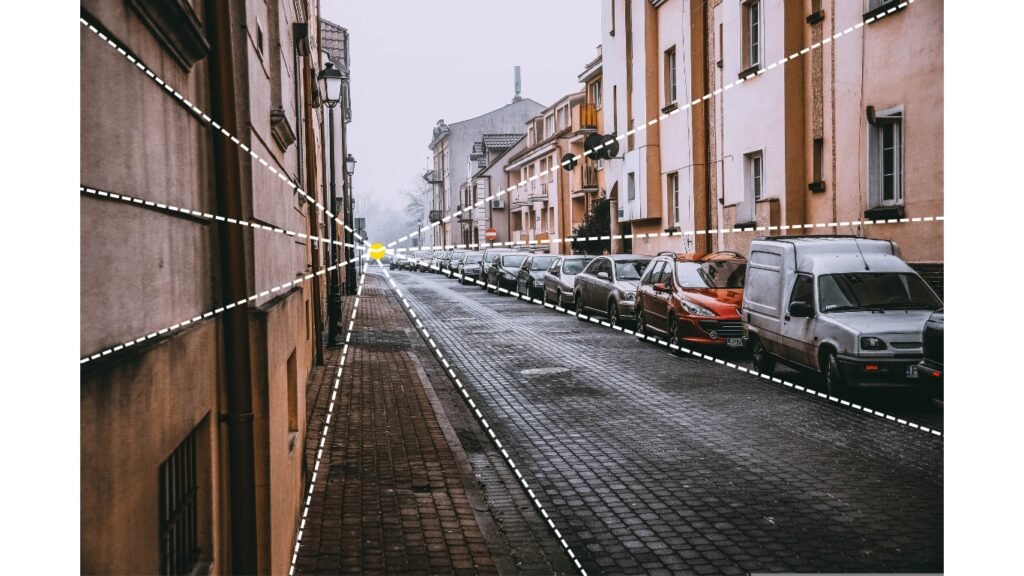
Draw a Hallway
Practice drawing a long hallway, focusing on the convergence of lines towards the vanishing point. Hallways are perfect examples of one-point perspective in real life.
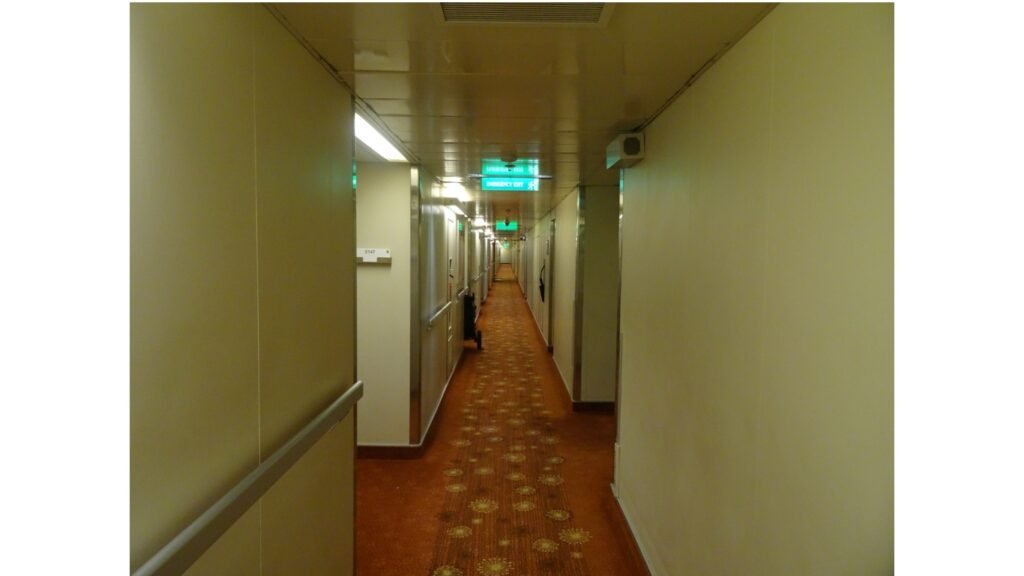
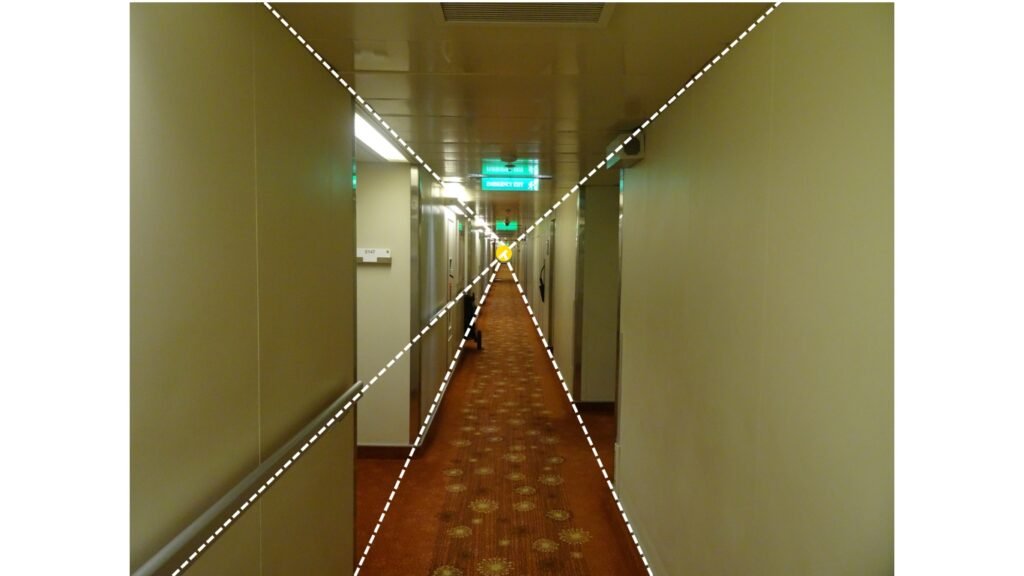
Refining your Technique in One-Point Perspective
- Shading and Lighting: Experiment with different lighting conditions to see how shadows fall in one-point perspective. Light sources can dramatically affect the perception of depth and volume.
- Textures: Add textures to surfaces like bricks, wood, or tiles to enhance the realism. Textures provide additional information about the surface quality and materials.
- Multiple Objects: Practice drawing multiple objects in one scene, maintaining consistent perspective. This will help you understand how different elements interact within the same space.
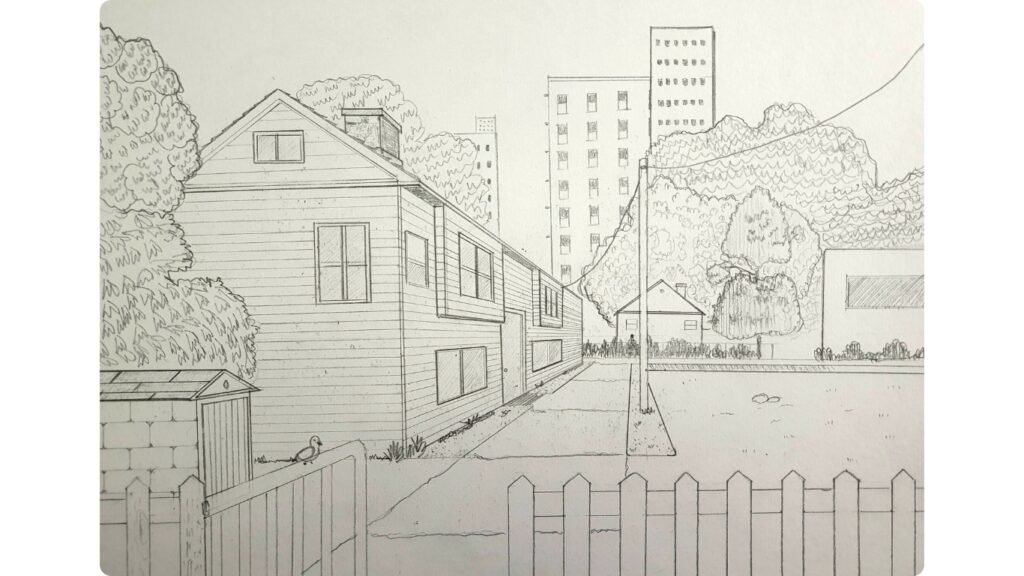
Conclusion
Mastering one-point perspective is a valuable skill for any artist. It allows you to create realistic, three-dimensional drawings that capture the viewer’s attention. With regular practice and observation, you can use this technique to bring your art to life. Keep experimenting, and soon you’ll see significant improvements in your work. Whether you’re sketching simple objects or intricate scenes, understanding one-point perspective will enhance your artistic capabilities and open new possibilities in your creative endeavours.
